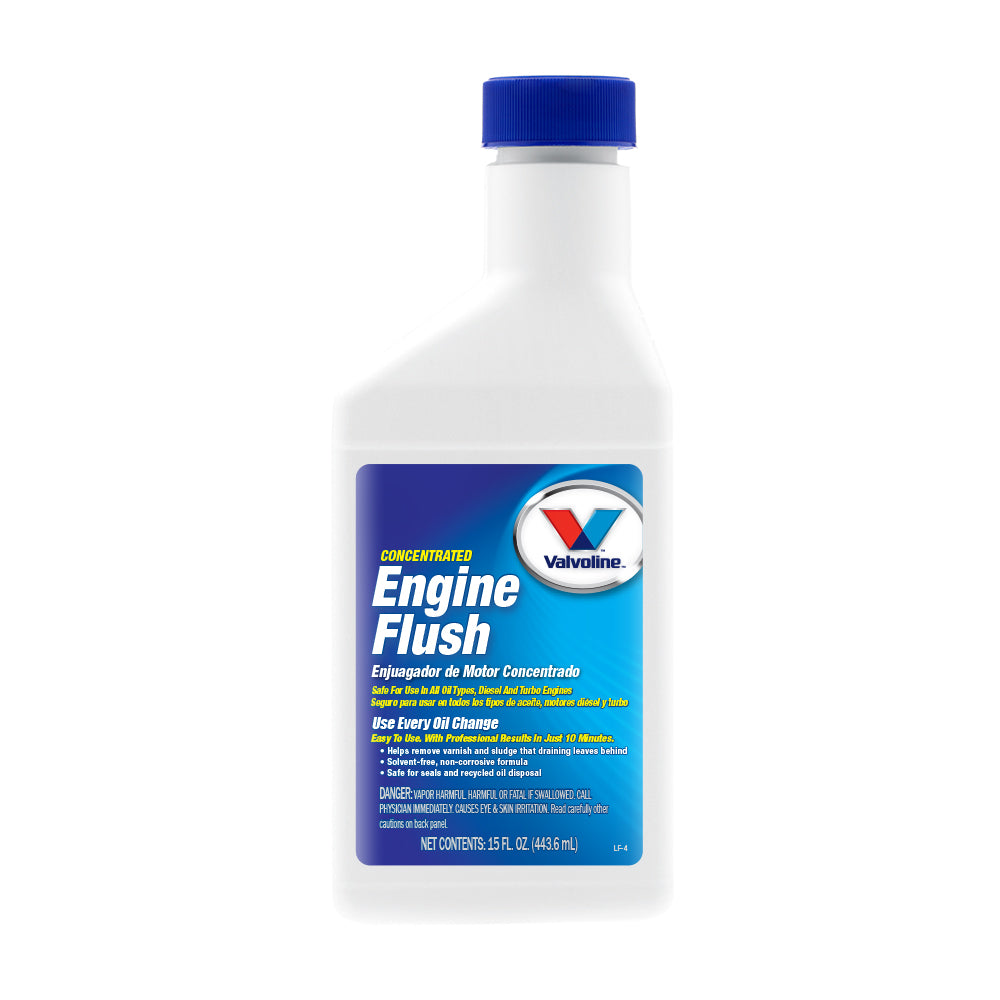Car Engine Flushing Oils What You Need to Know
Car engine flushing oils are an essential part of car maintenance that many drivers overlook. They are specially designed to clean out the sludge, dirt, and debris that can accumulate in your car's engine over time. Regular use of engine flushing oils can help improve your car's performance, extend its lifespan, and save you money on costly repairs. In this article, we'll dive into everything you need to know about car engine flushing oils and why they are important for your vehicle.
Why Use Car Engine Flushing Oils?

Before we get into the nitty-gritty details of car engine flushing oils, let's first understand why they are necessary. Over time, as your car's engine runs, oil starts to break down and lose its ability to lubricate properly. This can lead to a build-up of sludge, varnish, and other contaminants in the engine, which can affect its efficiency and performance. These deposits can also cause wear and tear on critical components, leading to costly repairs or even engine failure.
This is where car engine flushing oils come in. They are specifically formulated to remove these harmful deposits from your engine, ensuring that it stays clean and lubricated, thus extending its lifespan and improving its performance.
How Do Car Engine Flushing Oils Work?

Now that we understand the importance of using car engine flushing oils, let's take a closer look at how they work. These oils contain powerful detergents and additives that help break down and dissolve the build-up of sludge, varnish, and other contaminants in your car's engine. As you run the engine, the oil circulates through the system, picking up the dirt and debris and carrying it away with the oil when it is drained out.
Some engine flushing oils may also contain friction modifiers and seal conditioners to help reduce wear and tear on critical engine components and improve the overall performance of your car.
The Benefits of Using Car Engine Flushing Oils
- Improves Engine Performance
One of the main benefits of using car engine flushing oils is that they help improve the overall performance of your car's engine. By removing all the built-up sludge, dirt, and debris, your engine can run smoother and more efficiently, which can result in better fuel economy and power.
- Extends Engine Lifespan
Regular use of car engine flushing oils can also help extend the lifespan of your car's engine. By keeping it clean and lubricated, you can prevent wear and tear on critical components, reducing the risk of costly repairs or even engine failure.
- Saves You Money
Using engine flushing oils can also save you money in the long run. By improving engine performance and extending its lifespan, you can avoid costly repairs and replacements, thus saving you money on maintenance.
How to Use Car Engine Flushing Oils?

Now that we know how car engine flushing oils work and their benefits let's look at the steps to use them properly. It's essential to follow these steps carefully to ensure that you get the best results from the product.
Step 1: Choose the Right Product
The first step is to choose the right engine flushing oil for your vehicle. There are many different brands and types available, so make sure to read the label carefully and choose one that is compatible with your car's engine.
Step 2: Warm Up Your Engine
Before adding the engine flushing oil, make sure to warm up your engine by driving for a few minutes. This will help thin out the oil and make it easier to flush out any contaminants.
Step 3: Add the Flushing Oil
Add the recommended amount of engine flushing oil to your car's engine oil reservoir. Make sure to follow the instructions on the product label closely.
Step 4: Run the Engine
Start your engine and let it run for about 10-15 minutes. This will allow the oil to circulate through the system and pick up any dirt and debris.
Step 5: Drain the Oil
Once the engine has run for the recommended time, drain out the flushing oil along with all the contaminants it has picked up. Make sure to follow the proper draining procedure as recommended by your car's manufacturer.
Step 6: Change the Oil Filter
After draining the oil, make sure to replace the oil filter. This will help prevent any remaining debris from circulating back into the engine once you add new oil.
Step 7: Add New Oil
Finally, add the recommended amount of new oil to your car's engine, following the instructions on the product label. Once done, start the engine and let it run for a few minutes to ensure that everything is working correctly.
Frequently Asked Questions

What is the recommended frequency for using car engine flushing oils?
The recommended frequency for using engine flushing oils varies depending on your driving habits and the type of oil used. It's best to check your car's manual or consult with a mechanic to determine the ideal frequency for your specific vehicle.
Can I use car engine flushing oils on older or high-mileage vehicles?
Yes, you can use engine flushing oils on older or high-mileage vehicles. However, it's essential to choose a product that is specifically designed for these types of engines.
Are there any risks associated with using engine flushing oils?
When used as directed, engine flushing oils are generally safe and effective. However, some people have reported issues such as oil leaks and damaged seals after using these products. To avoid any potential risks, make sure to choose a reputable brand, follow the instructions carefully, and consult with a mechanic if you have any concerns.
Are there any alternatives to using car engine flushing oils?
Yes, there are some alternatives to using engine flushing oils, such as regular oil changes and using high-quality synthetic oils. However, these alternatives may not be as effective at removing built-up deposits from your engine.
Can I use engine flushing oils in diesel engines?
Yes, you can use engine flushing oils in both petrol and diesel engines. Just make sure to choose a product that is compatible with your specific type of engine.
Conclusion

Car engine flushing oils are an essential part of maintaining your vehicle's performance and longevity. They help remove harmful deposits from your engine, allowing it to run smoother and more efficiently. By following the proper steps for using engine flushing oils and choosing a reputable brand, you can enjoy all the benefits they offer and keep your car running smoothly for years to come.



